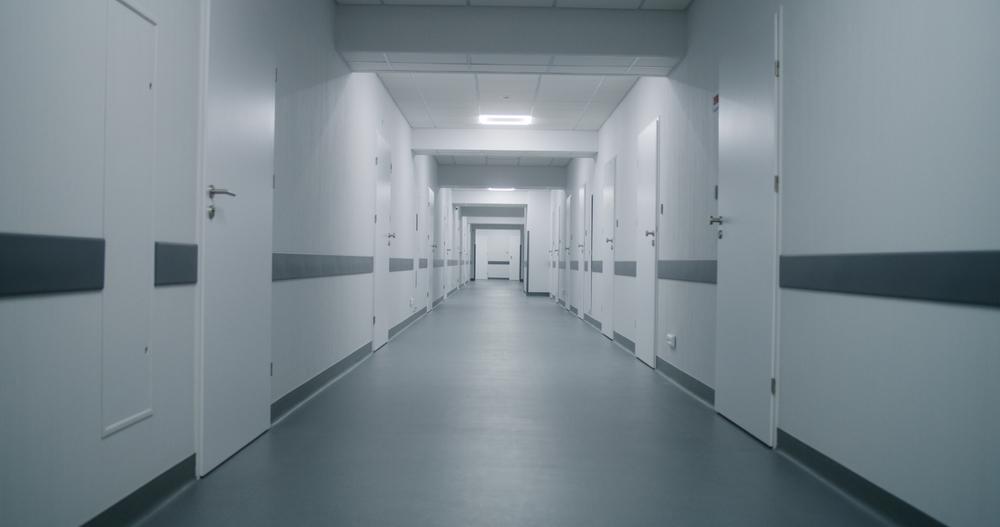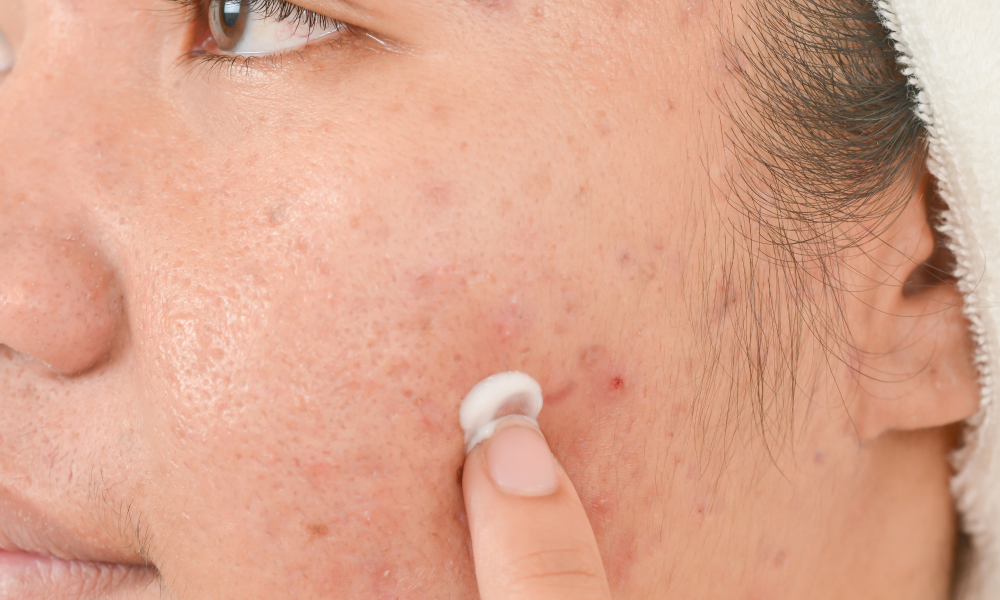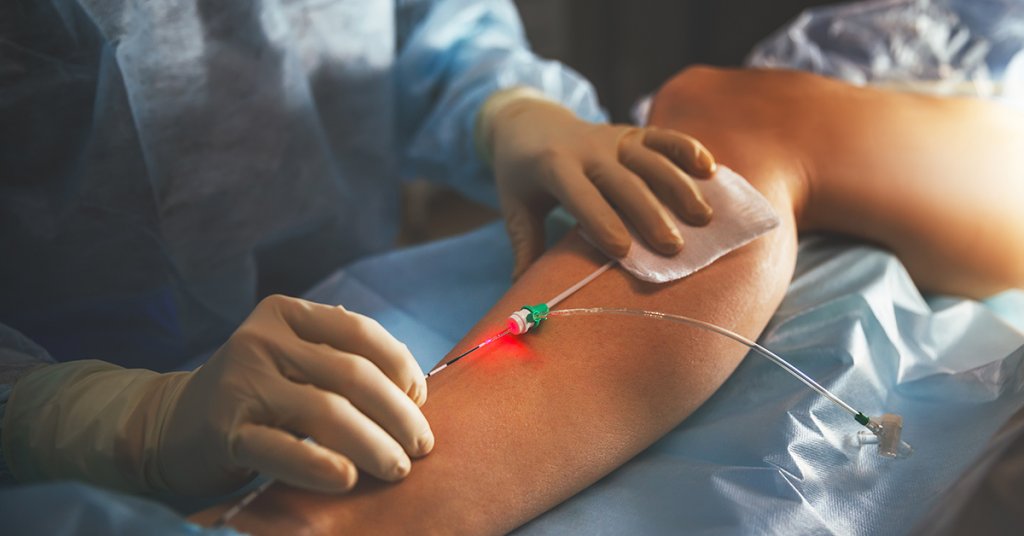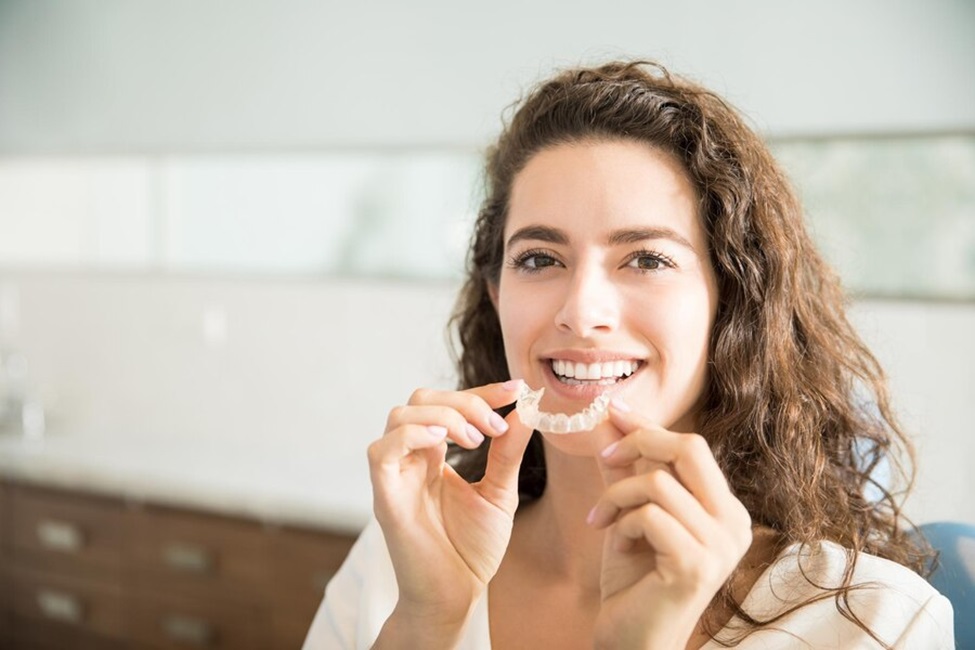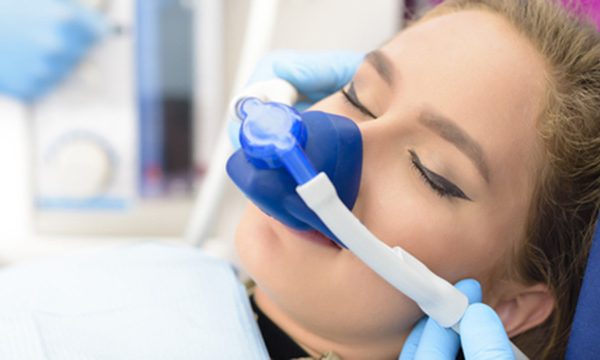Life can throw unexpected punches. Suddenly, you’ve got a date with an oral surgeon on your calendar. You’re not alone in this. Anyone can feel a touch of fear creeping in as they face the unknown. Let’s clear the air. Let’s talk about what you can expect during your oral surgery consultation. And yes, we’ll also cover a bit about katy blepharoplasty. I promise it’s not as scary as it sounds.
The Consultation
First things first, the initial consultation is just a conversation. You and your surgeon will discuss your medical history, your current health status, and the reason for your visit. You won’t be thrown into surgery immediately. Think of it as a get-to-know-you session.
Assessing the Situation
Expect a thorough examination. The surgeon will likely use various tools to get a better look inside your mouth. This might feel a bit uncomfortable, but it’s essential for the surgeon to understand what’s going on. It’s the best way to devise an effective treatment plan.
Taking the Next Step
Once the examination is over, your surgeon will discuss the findings with you. They’ll map out the best course of action for your situation. They’ll explain the procedure in detail, risks included. This is your opportunity to ask questions. Remember, no question is a dumb question.
What About Katy Blepharoplasty?
If you’re here for information about ‘Katy blepharoplasty’, you’re in the right place. This procedure involves removing excess skin, muscle, and sometimes fat from the eyelids. It’s commonly used to rectify droopy eyelids or puffy bags under the eyes. The consultation process for this procedure is much like what we’ve already discussed.
Preparation
Once you and your surgeon agree on a plan, you’ll be prepped for surgery. This might involve scheduling, instructions for fasting, or arranging transportation post-surgery. Following these instructions is crucial. It ensures a smooth procedure and recovery.
After the Consultation
When the consultation is over, you’ll walk away with a plan. You’ll know what your issue is, how the surgeon plans to fix it, and what your role is in all this. You might feel a wave of relief wash over you. The unknown is scary, but now you know what’s next.
So, if you’ve got a date with an oral surgeon, don’t fret. It’s a process. It’s a journey. And you’re not alone on it.

